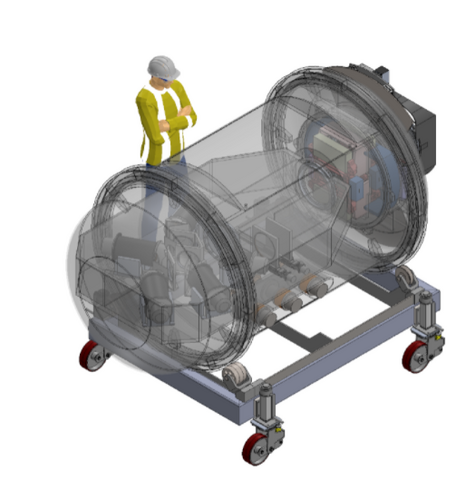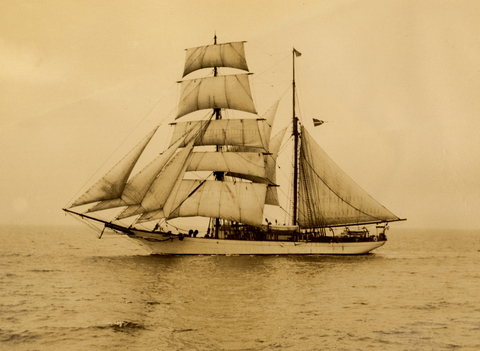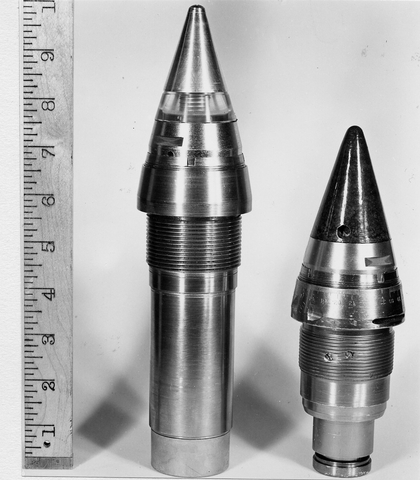EPL History Timeline
Explore over a century of Earth & Planets Laboratory (EPL) history
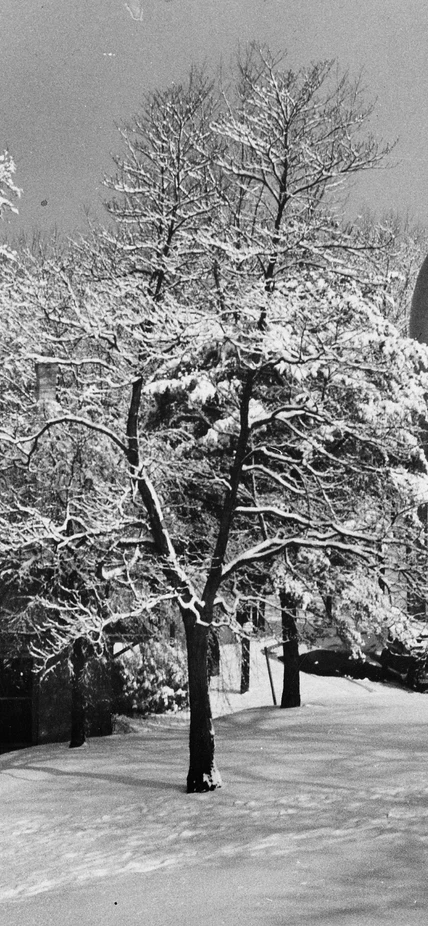
Timeline
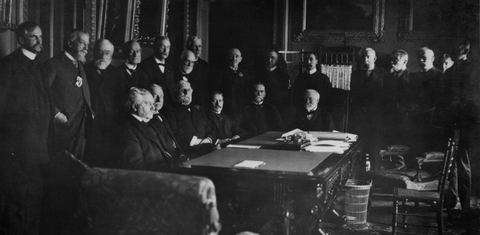
Andrew Carnegie establishes Carnegie Science, then called the Carnegie Institution of Washington, with a $10 million gift.
Learn more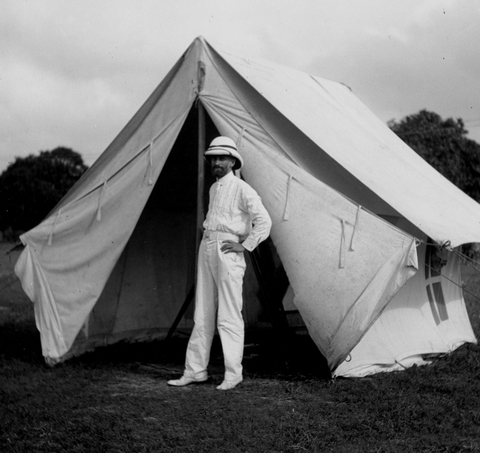
Carnegie funds Louis Agricola Bauer and the Department of Terrestrial Magnetism to map the variations in the Earth's magnetic field. From 1905-1945, DTM undertook a World Magnetic Survey with 200 land-based expeditions and ten ocean cruises.
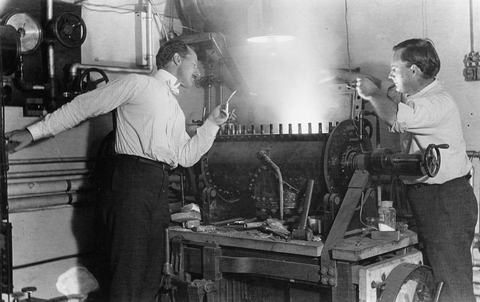
Carnegie establishes the Geophysical Laboratory to investigate the physical and chemical properties of rocks and minerals.
Learn more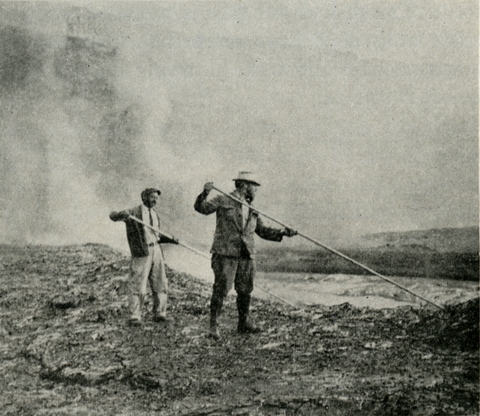
Carnegie's Frank Perret and collaborators collect volcanic gases at Hawaii's Kilauea volcano and help establish the Hawaiian Volcano Observatory at the edge of the Kilauea caldera.
Learn more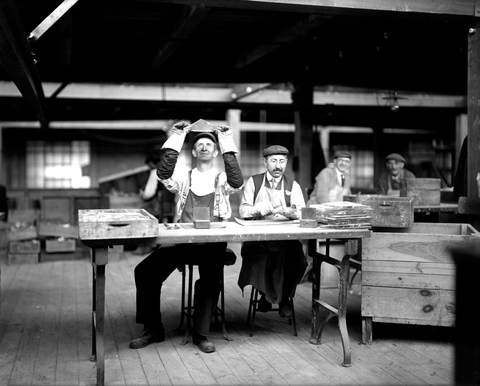
Scientists at Carnegie's Geophysical Lab modernize American optical glass-making industry during WWI.
Learn more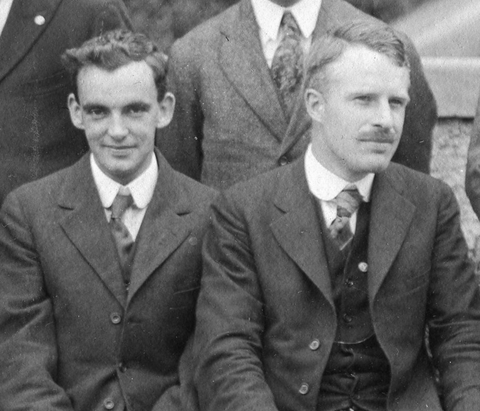
Erskine Williamson and Leason Adams determine density structure of Earth's interior and metallic core, helping to lay the groundwork for the modern study of planetary interiors.
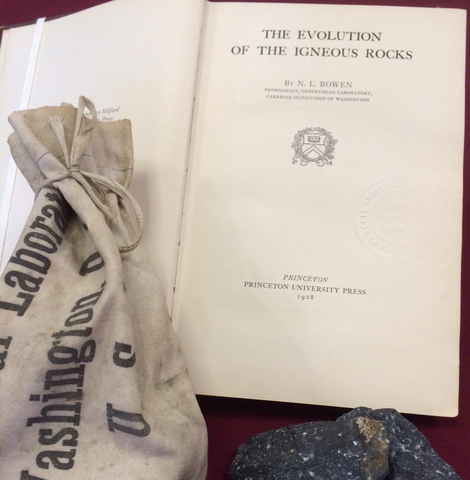
Carnegie petrologist Norman Bowen publishes The Evolution of the Igneous Rocks, the most influential book on petrology in the 20th Century.
Learn more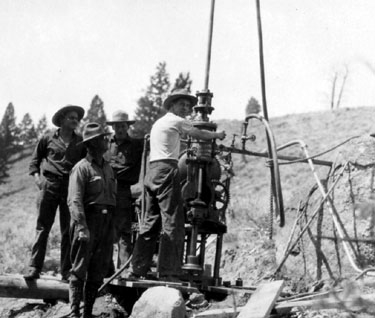
Carnegie scientists E.T. Allen and A.L. Day drill the first scientific boreholes in Yellowstone National Park to explore the geyser basins. Six years later, Carnegie published the classic Hot Springs of the Yellowstone National Park.
Learn more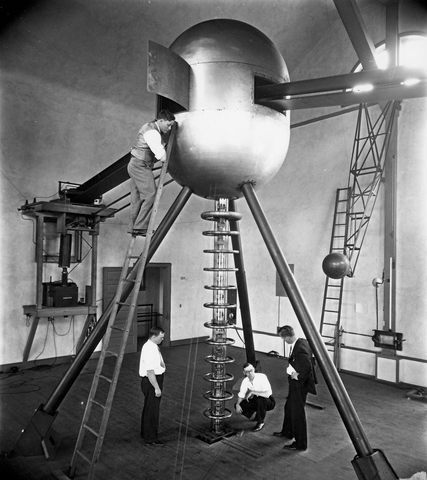
Carnegie physicists confirm the existence of the strong nuclear force using the two-meter Van de Graaff electrostatic generator.
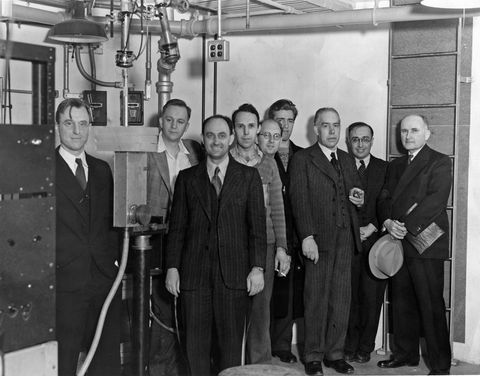
Uranium fission is demonstrated at Carnegie's research campus in Washington, D.C. just six weeks after the discovery of fission by German scientists.
Learn more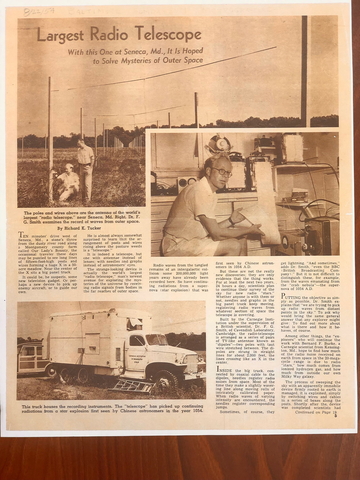
Bernard Burke and Kenneth Franklin detect the first radio emissions from another planet Jupiter. The discovery marked the birth of planetary radio astronomy and opened a new window into the study of planetary magnetospheres.
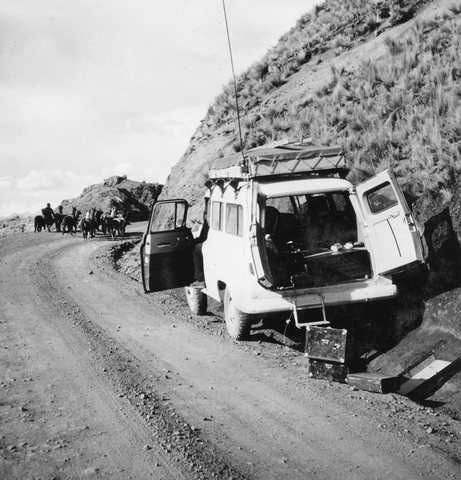
Carnegie Andes Expedition during International Geophysical Year initiates collaborative geoscience research in South America that continues today.
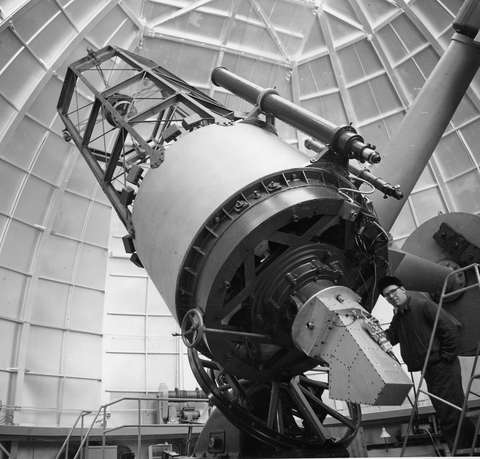
Installation of the Carnegie image tubes begins at observatories worldwide, allowing existing telescopes to see farther than ever before.
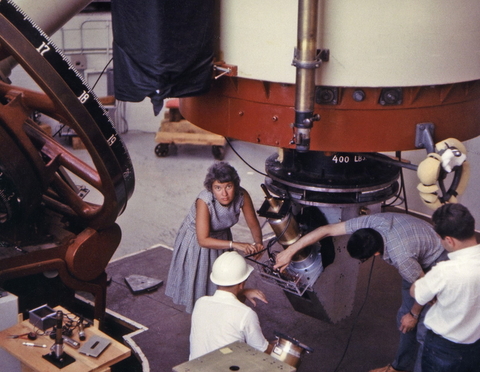
Vera Rubin and Kent Ford establish the initial confirmation of the existence of dark matter.
Learn more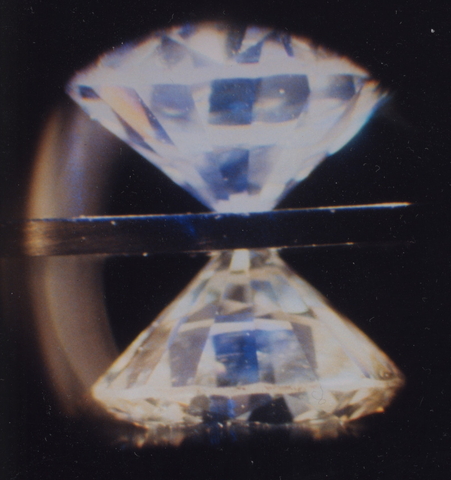
Ho-Kwang Mao and Peter Bell break the megabar barrier using a diamond-anvil cell, recreating in the lab the extreme pressures that exist at the very edge of the boundary between the Earth's mantle and core.
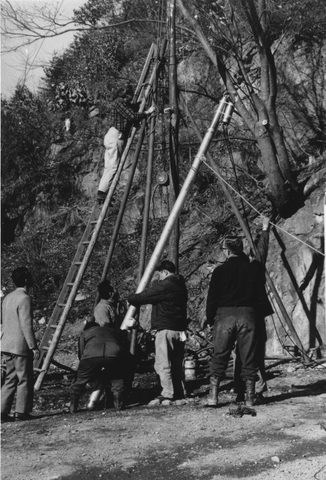
Carnegie seismologists detect slow, silent earthquakes in Japan's lzu peninsula. The discovery was made with the Sacks-Evertson borehole strainmeter, an instrument developed at Carnegie to measure minute changes in the strain of rocks.
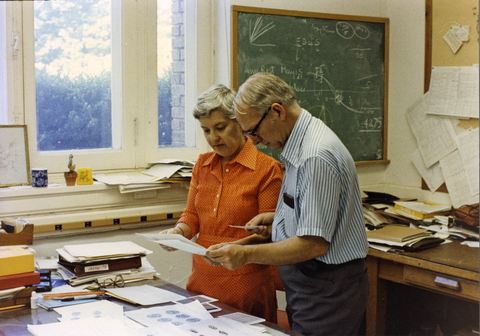
Vera Rubin, Kent Ford, and Norbert Thonnard solidify the confirmation of the existence of dark matter with data from additional galaxies.
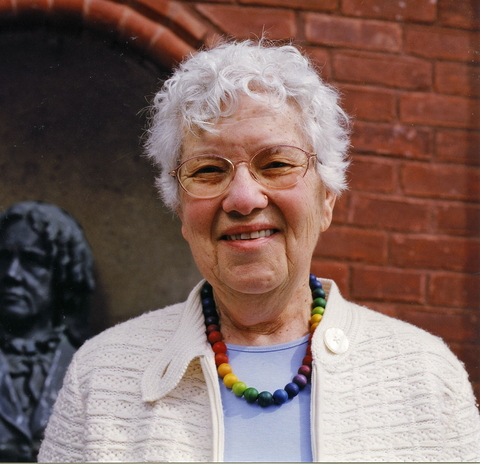
Vera Rubin is awarded the National Medal of Science for her "significant contributions to the realization that the universe is more complex and more mysterious than had been imagined."
Learn more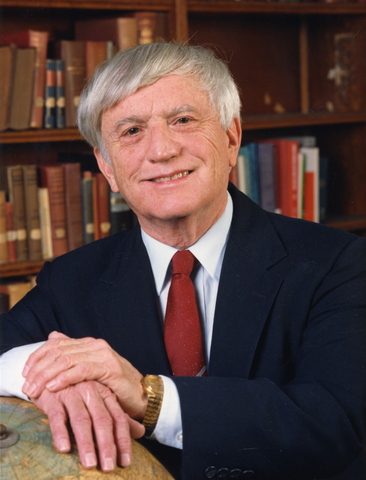
George Wetherill receives the National Medal of Science for his contributions to the development of radiometric age-dating techniques and theoretical models simulating the evolution of the inner solar system.
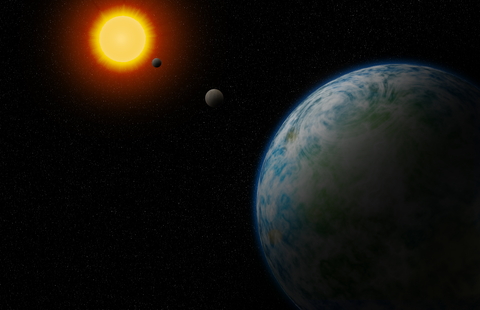
Carnegie is named to the inaugural class of the NASA Astrobiology Institutes, established to address fundamental problems like How does life begin and evolve? Is there life elsewhere in the Universe? What is the future of life on Earth and beyond?
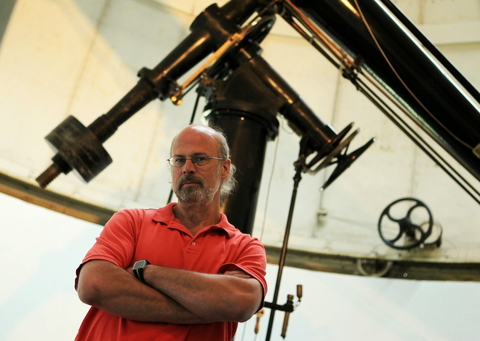
Paul Butler initiates observational exoplanet research at Carnegie using precision radial velocity method. Butler leads the discovery of 70 of the first 100 extrasolar planets detected.
Learn more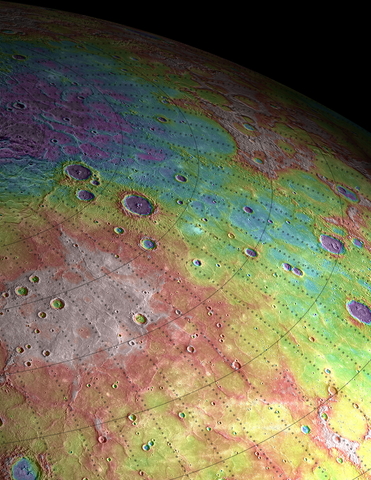
MESSENGER Mission to Mercury is launched. Carnegie's Sean Solomon is the project's principal investigator and Larry Nittler the deputy principal investigator.
Learn more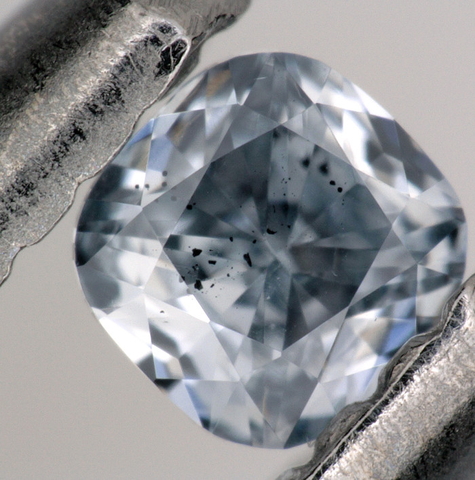
Carnegie scientists discover the world's oldest diamonds, the inclusions in which function as time capsules that record ancient movements of continents and the origins of plate tectonics.
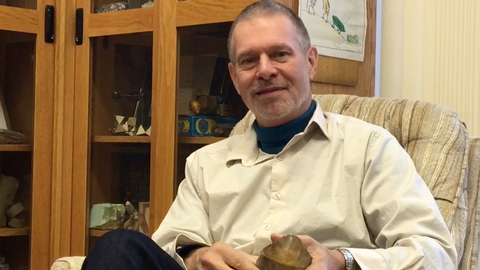
Robert Hazen and colleagues introduce "Mineral Evolution" (and later "Mineral Ecology") as a new framework for understanding the formation, occurrence, and properties of minerals in the Earth and Solar System.
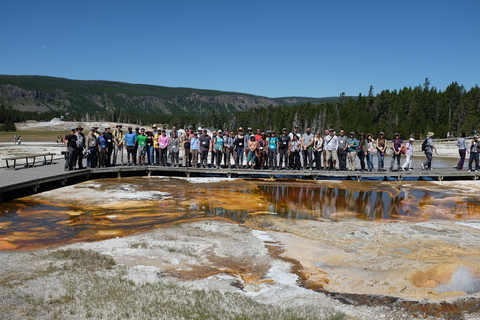
The Deep Carbon Observatory, an international ten-year mega project headquartered at Carnegie, is launched to investigate the nature of carbon in Earth's deep interior.
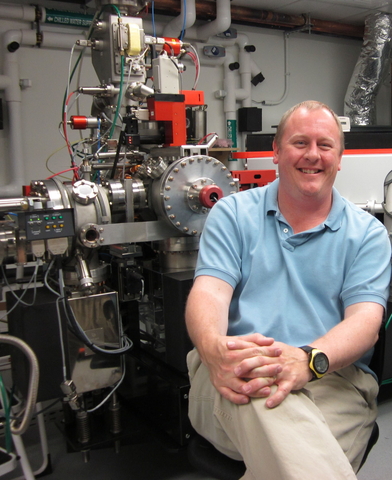
Erik Hauri leads research that discovers water in the Moon's interior.
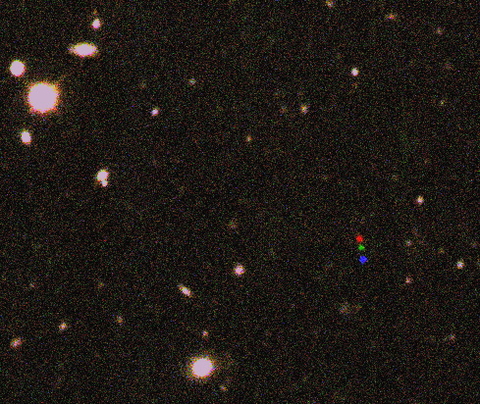
Scott Sheppard announces the discovery of 2012 VP113, then the most-distant known object in the Solar System, kicking off the hunt for a ninth planet lurking on the fringes of our Solar System.
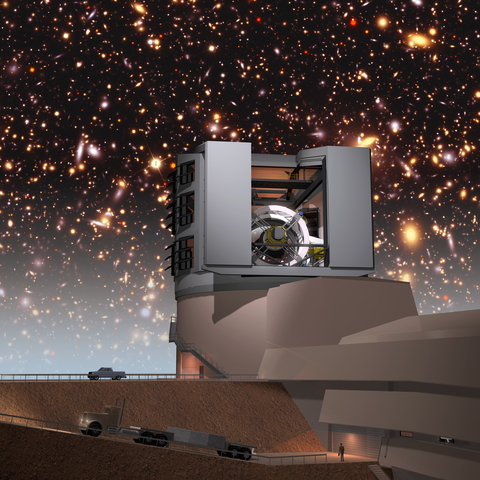
The Large Synoptic Survey Telescope is renamed the Vera C. Rubin Observatory in honor of the late Carnegie astronomer whose research confirmed the existence of dark matter.
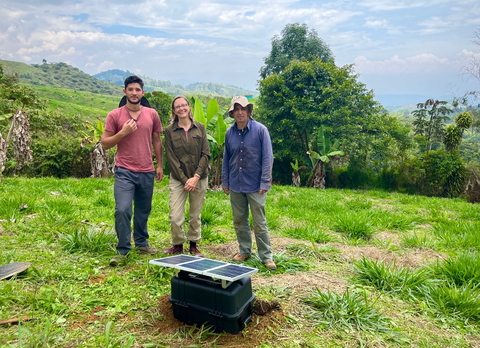
A team led by Carnegie's Lara Wagner is awarded A $2.7 million multi-disciplinary, multi-institutional NSF-Frontiers of Earth Science grant to study an active flat slab in the Colombia Andes.

The interdisciplinary, multi-institution AEThER project is launched to understand the chemical makeup of our galaxy's most common planets with a goal of developing a framework for detecting chemical signatures of life on distant worlds.
